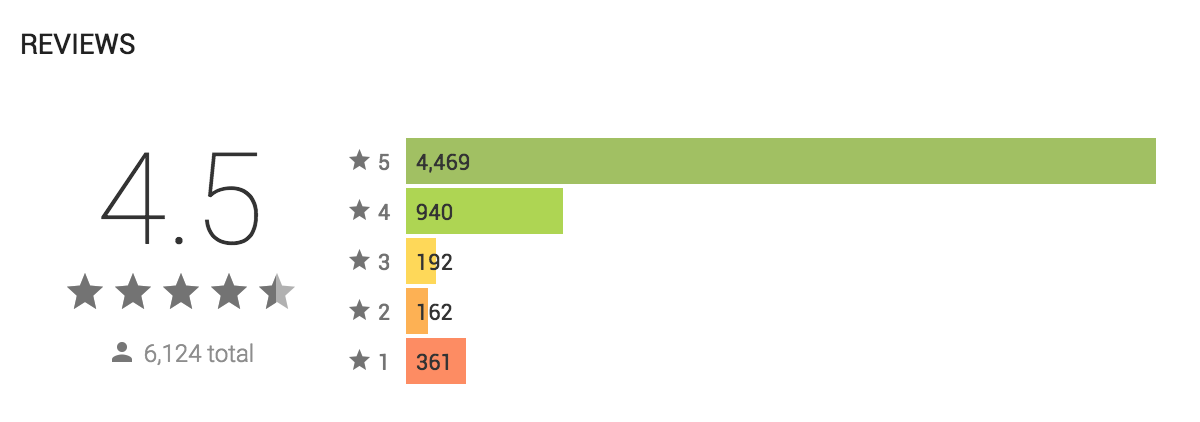Design Research • March 2017 - Current
About qapital
With over 300K customers who have saved more than $250 million, Qapital is a new kind of banking platform committed to helping people get the most happiness out of their money.
Founded in Stockholm in 2012, Qapital started out as a goal-oriented savings platform that has gone on to offer checking accounts with built-in budgeting features (2017) and investment products (2018) designed to help users set and achieve their financial goals by making healthy finance decisions the easy ones to make.
The platform leverages behavioral economics to bridge the gap between awareness and action when it comes to money management by making spending and saving money more intentional. Watch Dan Ariely, our Chief Behavioral Economist, explain how Qapital helps to build that bridge in this video.
Dan, who you may recognize from his TED Talks, is also the James B. Duke Professor of Psychology and Behavioral Economics at Duke University and a founding member of the Center for Advanced Hindsight.
Together, we've designed a new way to manage money, helping people reduce waste, generate more savings, and find the knowledge and confidence they need to maximize their financial happiness.
My Role
I joined Qapital in March 2017 to head up Design Research efforts. As the only Researcher and one of the few employees in the United States, it was my responsibility to be the bridge between our customers and the product team in Stockholm (Qapital is only available in the US).
I designed and structured the human-centered research portion of our product development process as follows:
I worked closely with our product team to identify research topics and questions
Determined the best research methodologies to go about finding answers to these questions
Ran every aspect of the research process, from screening and recruitment to interviewing, creating surveys, competitive analyses, data analytics, synthesis, and presenting findings
Worked with team leads and the C-suite on product strategy and customer segmentation, and provide input and data for the prioritization of new features, product improvements, and enhancements
Research Process
Please note: Due to the sensitive and strategic nature of my work, I am not able to share details from specific projects, but I can share my typical process and outcomes.
As mentioned, Qapital launched several years ago as a savings product, and since my joining, we added several new features like a checking account and an investment account (launched Q1 2018).
My research activities generally fell into one of these three categories:
Strategic
Research that helps to shape the product roadmap, typically a blend of predictive and generative methods that take place over a longer timeframe.



Objectives:
Examine the market
Identify opportunities
Forecast likely outcomes
Example at Qapital:
Investment product.
Started with market and competitive research, large-scale surveys, and generative interviews to understand target market, create design personas and design principles for guidance throughout product development.
TACTICAL
Research that helps define and refine product features-- leveraging both generative and evaluative methods, typically pre-launch and beta features.
Objectives:
Define the problem
Identify users and needs
Find opportunities to innovate
Example at Qapital:
Weekly Spending Target, a lite budgeting feature for debit card users.



After running ideas and analyses through the Strategic Track, went to validate the need with our customers through surveys, generative interviews, and ultimately set up a small Beta test group to live-test early versions of our prototype in production. Gathered feedback on a weekly basis to prioritize changes and launch to a broader audience.
VALIDATION
Research that helps to evaluate designs and solutions-- primarily using evaluative methods on live features.




Objectives:
Assessing concepts
Validating solutions
Measuring outcomes
Examples at Qapital:
Usability studies of existing app features, regular surveys for Net Promoter/CSAT, System Usability, and Satisfaction
Timelines
Given the geographic distance between myself and the product team (I'm in Denver, Colorado and they're in Stockholm, Sweden), I had a firm commitment to communication and process as to ensure that we were able to maintain our aggressive research and product delivery schedules.
Typical cadence of research activities:
Most of my studies were dedicated to activities in the Tactical category-- we often invested heavily in concept testing before dedicating engineering resources to code a final solution to go live for customers.
Result
After joining the team in mid-March of 2017, I completed more than 30 studies that year, interviewing more than 300 people, and gathering input from another 10K+ via surveys.
Our commitment to involving the customer in our product development showed in our ratings:
App Store Rating: 4.8
Play Store Rating: 4.5
Voted Most Innovative app by Google Play in 2017!


















